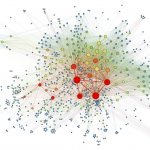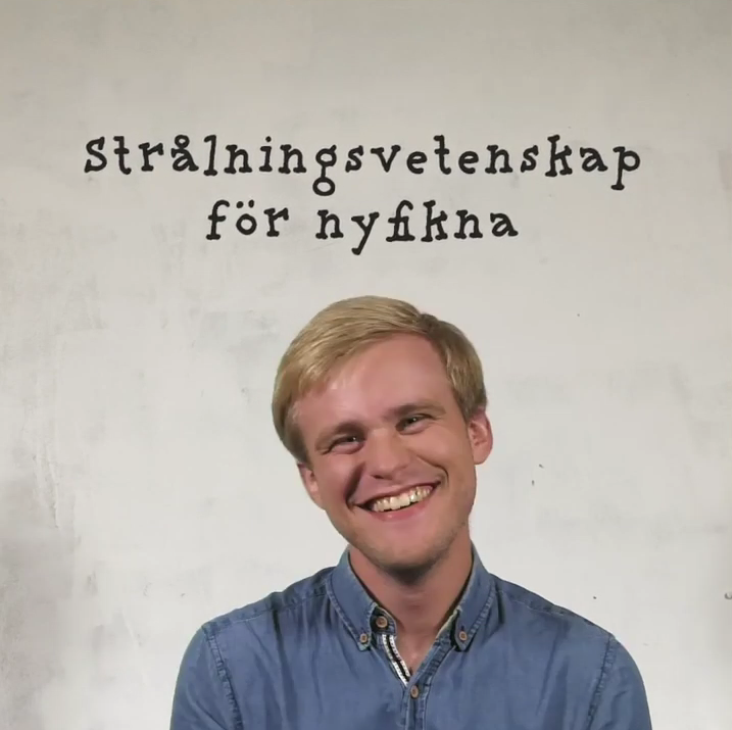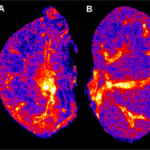What is SAINT?
SAINT is an academic centre of competence for radiation science. This means that we work, together with those people at Swedish universities that are involved in research and education within fields related to radiation science, towards a common goal: To facilitate a sustainable environment for research and education in Sweden. To reach our goal, we need a transparent dialog between members of SAINT, research collaboration and common use of laboratories and infrastructures and of course excellent and interested students. Welcome to our website, we hope that you will find something of interest.
Radiation science for the curious
Sweden needs more competence in radiation science in energy, medicine, industry and research. Radiation science for the curious is a package of knowledge for gymnasium level education including videos, laboratory exercises and assignments. It is easy to use with a connection to the syllabus in physics for gymnasium and including fascinating facts and research. Exiting lessons in physics awaits you and your pupils.
Go to: Strålningsvetenskap för nyfikna
What is radiation science?
The concept of radiation science deals with all aspects of radiation, from the basic nuclear physics processes that results in radiation, to the most hands-on applications. Research and education within fields of radiation science are performed at all organisations that are members of the SAINT competence centre.
- Nuclear chemistry concerns the use of radiation to understand chemical processes and to understand effects of radiation.
- Nuclear physics concerns how radiation is produced by nuclear reactions.
- Methods to discover and treat cancer, and to image internal organs, are studied within the subjects radiation therapy, nuclear medicine and radiology.
- Reactor physics concerns how nuclear reactions and neutron radiation can be used to produce electricity.
- Radioecology is the subject where the occurrence and transfer of naturally occurring as well as man-made radioactive elements in the environment are studied.
- Radiation biology concerns the impact of radiation on cells and living organisms.
There are many more aspects of radiation science and competence within all these fields is necessary both in order to understand our world and to maintain our way of life.
Radiation is defined as a transfer of energy without any medium (e.g. steam, ropes, gasoline, electricity wire). The feeling of the heat of the sun on your skin is an example of how you can experience radiation but in general, we can not sense the presence of radiation. This fact could be a reason to why radiation is often perceived as dangerous but radiation can be both life threatening and life saving.
Areas of interest for SAINT
The primary interest of SAINT involves ionizing radiation, i.e. radiation which have enough energy to enable removal of electrons from atoms forming ions. When this happens, molecules (and therefore cells) might change in a way that could be dangerous. On the other hand, the high energy that can be dangerous can also be very useful. One example of its usefulness is when it is used to kill cancer cells and radiation science is necessary to accomplish this.
Another example is within nuclear energy. It is almost only nuclear reactions that have enough energy to produce ionizing radiation, that is why nuclear physics is an important part of radiation science. Nuclear energy involves means to capture the energy released in nuclear reactions, a process that results in almost half of the electricity production in Sweden. This process produce radioactive waste that must be taken care of, as for all other kinds of waste. Radiation science is necessary for nuclear power from mining to final disposal.
Links to research groups that are members of SAINT follow below. You can visit their webpages to read more about the research and education performed :
- Division of Applied Nuclear Physics at Uppsala university
- Division of Subatomic, High Energy and Plasma Physics at Chalmers
- Division of Nuclear Chemistry at Chalmers
- Division of Microstructure Physics at Chalmers
- Division of Medical Physics, Department of Physics at Stockholm university (situated at Karolinska hospital)
- Medicinsk strålningsvetenskap, Institutionen för kliniska vetenskaper vid Sahlgrenska akademin, Göteborg University
- Institutionen för Molekylär Biovetenskap, Wenner-Grens institut, Stockholm University (MBW)
- Nuclear Physics, Department of Physics, Lund University
- Medical Physics, Department of Translational Medicine, Lund University



